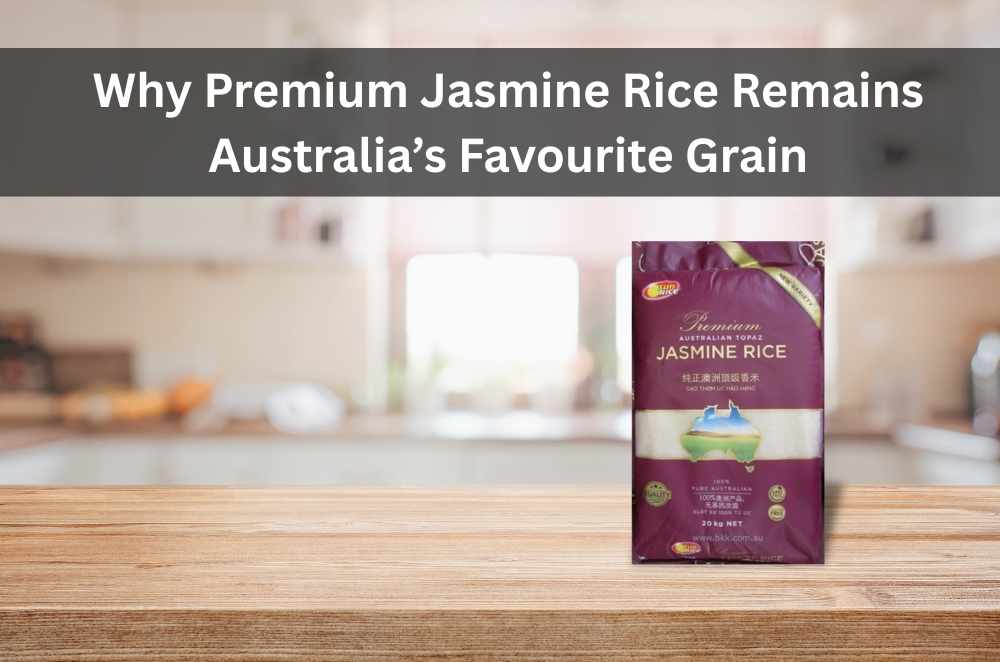
Open a warm bag of jasmine and the kitchen changes—steam lifts, perfume blooms, and dinner suddenly feels special. In households that cook multiple cuisines, I’ve watched one pantry staple outlast trends: fragrant, long-grain jasmine. On buying trips with chefs and grocers, the conversations are rarely about hype; they’re about consistency, aroma, and how grains behave after a short rest in the pot. For shoppers comparing shelves or ordering by the sack, fragrant rice jasmine signals two things at once: a recognisable scent and a grain that keeps its shape. That combination explains why weekly baskets across the city still make room for jasmine—even when budgets get tight.
Why is the demand for premium jasmine rice rising
Across busy households and food businesses, premium jasmine wins because it performs on the plate and in prep. The lived experience is simple: fewer failed pots and happier eaters.
Reliable texture: Cooks to tender grains with light cling, not mush or chalk.
Signature aroma: Delivers a floral note that lifts simple meals without extra effort.
Menu versatility: Fits stir-fries, grilled meats, curries, and next-day fried rice.
Low waste: Reheats and repurposes well, so leftovers still taste like dinner, not compromising.
On a recent catering run, we cooked three batches hours apart; the premium jasmine held up better in hot boxes and on the pass. That kind of consistency is what makes premium worth the line in the budget.
What shoppers compare at major retailers
Most baskets are built around convenience: predictable brands, easy pickup, and steady pricing. On shelves, Coles and Woolworths present a mix of private-label and named options; SunRice anchors familiarity, and bulk sizes come and go with promotions. In side-by-side checks, shoppers take a quick mental inventory—aroma through the bag, grain length, price per kilo, and whether supply looks stable. Meanwhile, cafés and small caterers need something similar but not identical: dependable pallets, straightforward invoicing, and cartons that don’t burst in the rush of deliveries.
Shelf cues: Look for long, intact grains and recent packing dates where visible.
Cook results: Seeks repeatable texture in rice cookers and pots across batches.
Value logic: Compares per-kilo pricing against aroma and hold quality after cooking.
Supply steadiness: Prefers options that remain in stock across seasonal swings.
Behind what hits the shelf sits policy and industry oversight. Notes on the Australian rice industry provide useful context for quality and trade settings that influence availability and standards. In practice, steady category leaders and clear labelling reduce guesswork for weeknight cooks and weekend prep.
Wholesale perspective: when bulk makes sense
For community groups, food trucks, and busy households that batch cook, bulk bags change the maths. Buying by the carton or 20 kg sack can stabilise costs over months and reduce mid-week runs to the shops. In tastings with operators, the move to wholesale isn’t about chasing the absolute lowest price—it’s about reducing surprises: flavour that stays true, cartons that arrive unbroken, and deliveries that match service windows. In that space, BKK Australia often enters the conversation as a wholesale alternative alongside retail habits, keeping jasmine on hand when events stack up.
Cost per serve: Spreads the price over more meals while keeping quality steady.
Storage practicality: Uses sealable tubs and cool, dry spots to protect aroma.
Menu planning: Aligns cook-ups with event calendars to limit last-minute buys.
Supplier fit: Chooses partners with clear lead times and simple replacement policies.
For readers mapping home and business needs in one pantry, a short trial run—one bulk bag plus tight storage—often answers whether wholesale is a long-term fit. Reflections on jasmine rice in Australia capture why the grain sticks around: it behaves, it smells right; it makes simple food feel finished.
Quality signals beyond the label
Not all jasmine is equal. Subtle differences in origin, season, handling, and packing show up in the pot. A few cues help buyers read quality without cooking a test batch every time.
Even grain length: Suggests careful sorting and fewer broken fragments in the bag.
Low broken ratio: Reduces gummy patches and supports a lighter, separate finish.
Fresh packing: Preserves the aromatic compounds that give jasmine its lift.
Consistent sourcing: Keeps flavour and cooking times steady across orders.
At tastings with a small canteen team, we compared three lots: the bag with fewer broken and a fresher pack date won unanimously. For a bigger, market-level view that explains why shelves tighten or prices nudge, notes on global rice supply trends help translate weather, logistics, and trade into everyday shopping realities.
Bottom line for Australian kitchens
Premium jasmine rice keeps its place for practical reasons. It cooks predictably, holds its shape when service runs long, and turns leftovers into easy next-day meals. On the retail side, Coles, Woolworths, and SunRice give shoppers familiar choices and reliable access. For families who go through a bag slowly, that convenience is hard to beat. On the wholesale side, BKK Australia fills a different need—bulk sizes, steadier pricing across weeks, and deliveries that sync with busy schedules. The smartest path is rarely either-or; many kitchens pair a retail standby for small nights with a bulk option for gatherings and weekly meal prep. If you’re trying to decide, think about how often you cook rice, how you store it, and whether you need certainty for events or large households. Pick for texture and aroma first, then choose a buying channel that matches your rhythm. Do that, and the staple will behave—quietly making midweek dinners and weekend spreads feel complete without fuss.


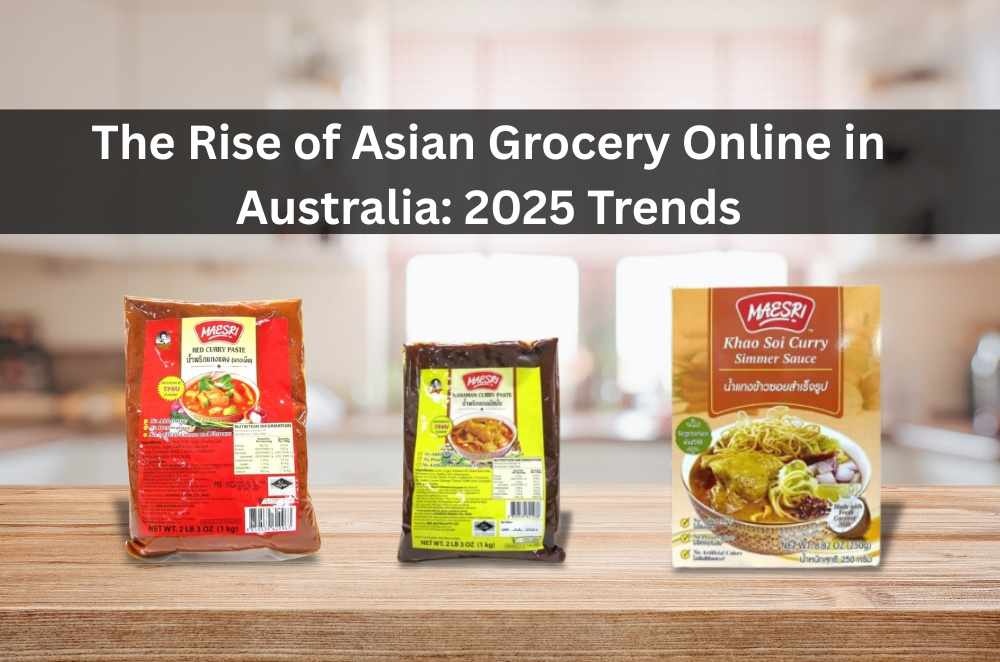
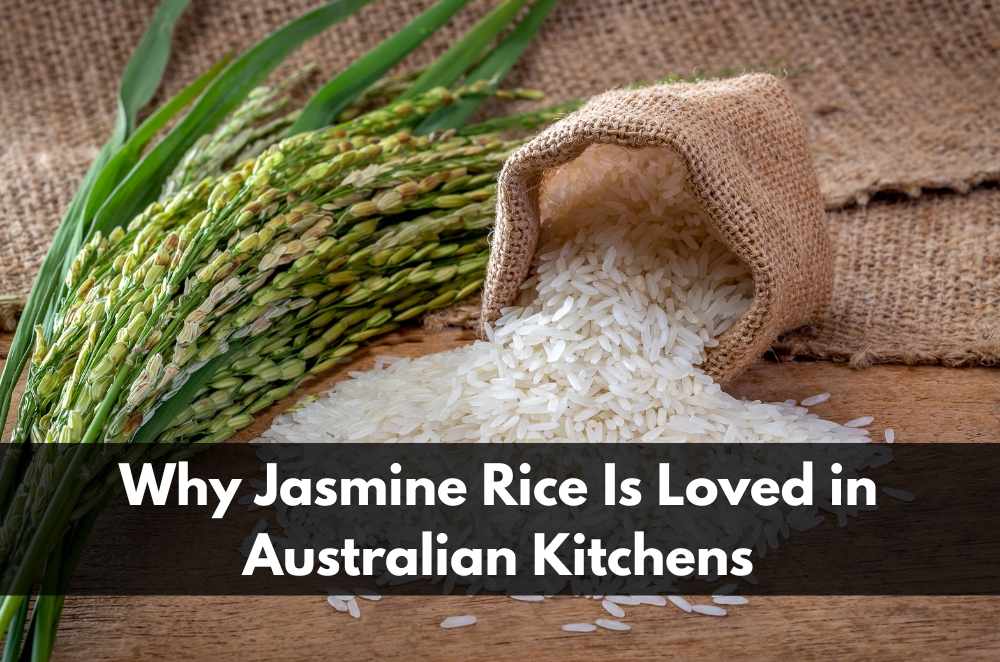
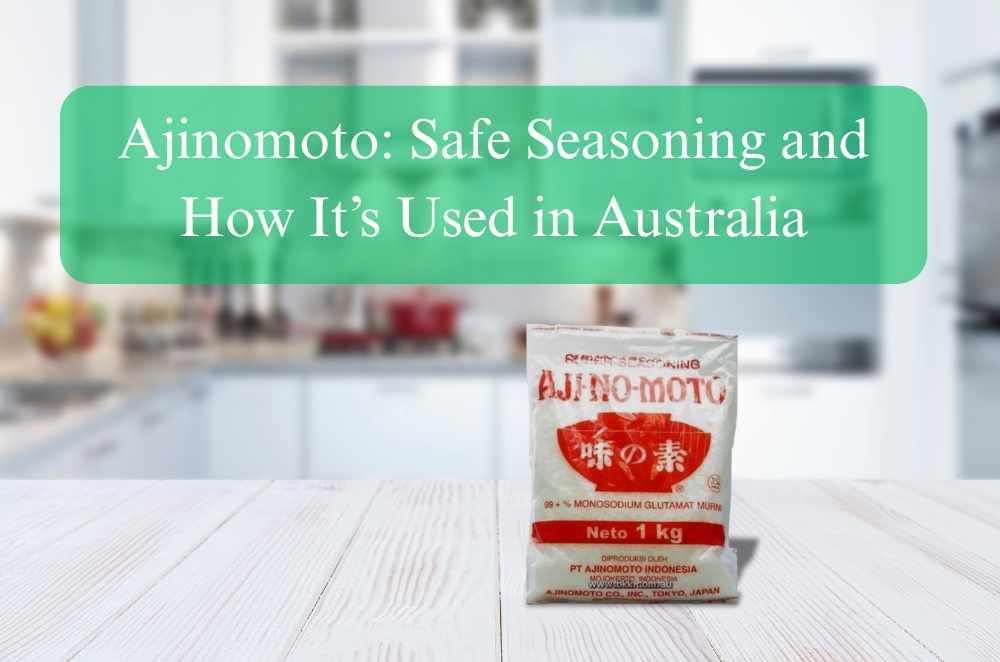
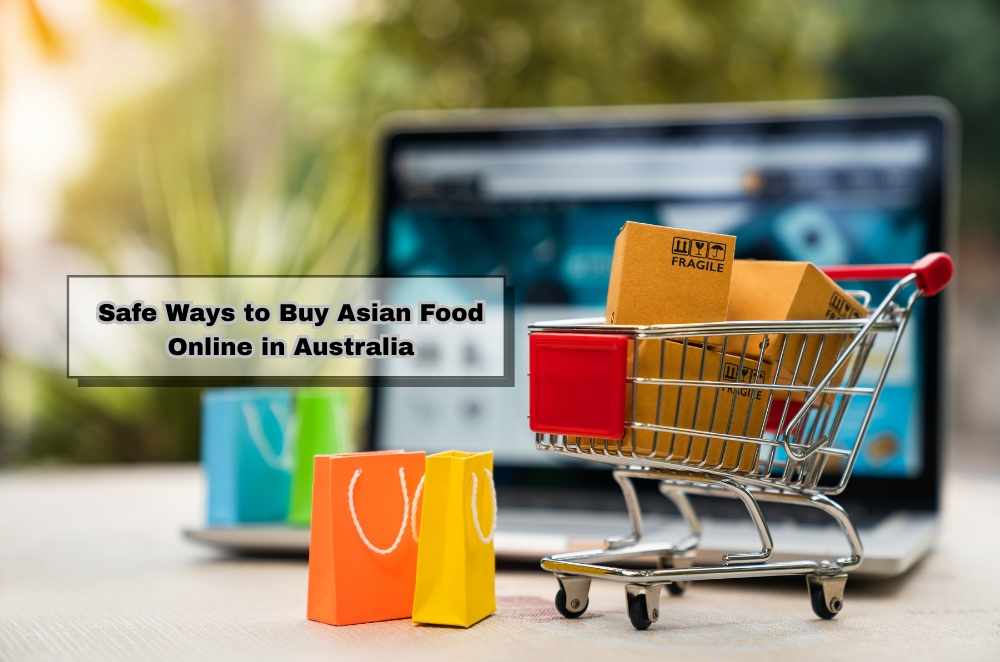
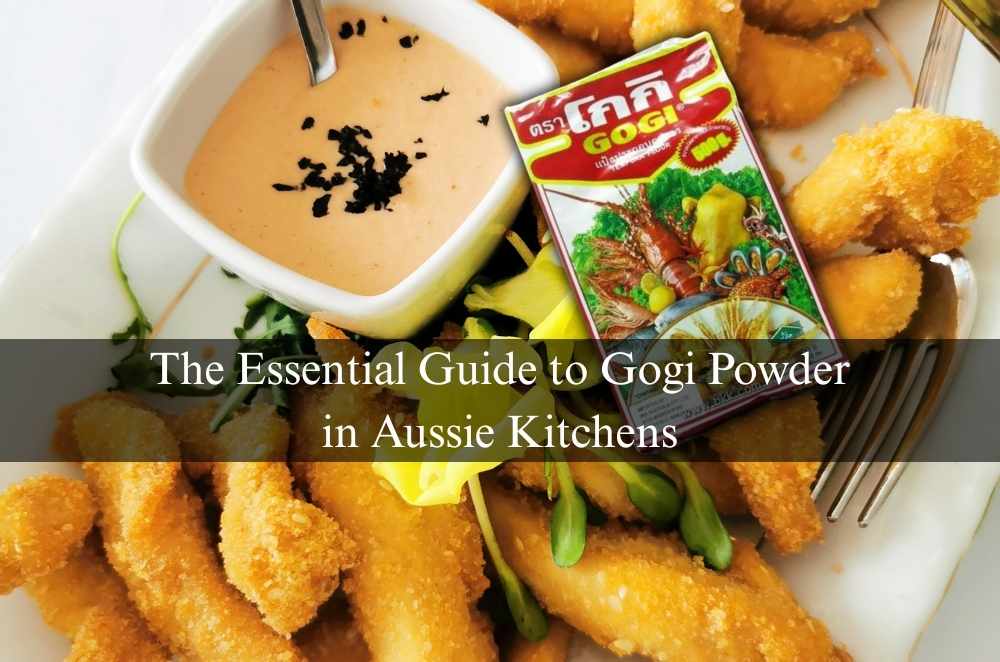



Write a comment ...